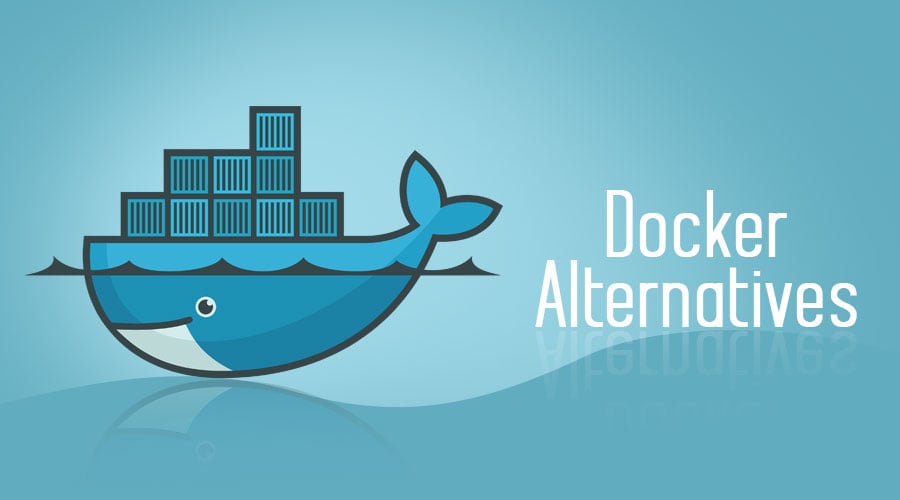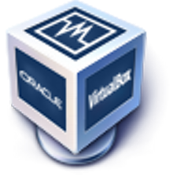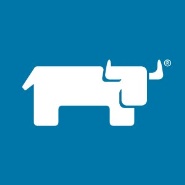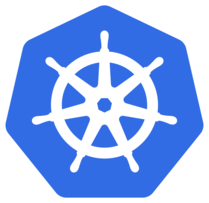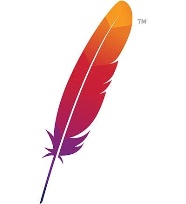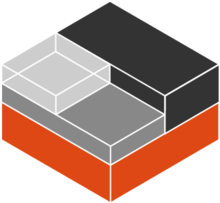Updated May 16, 2023
Introduction to Docker Alternatives
Docker is a tool that uses containers to run applications. Using this tool makes it very easy to create applications, deploy them and run these applications. It is now possible for the developer to club an application along with other required components and libraries. This ensures that the application will run on any machine and environment, as the container holds all the files required.
Functions as a virtual machine. The difference is in how it runs. Docker does not create a virtual operating system but ships all the components required to run the application along with the code. This optimizes the performance and minimizes the size and the speed needed to run the application.
Who Should Use Docker?
This tool is beneficial to both developers as well as administrators. Hence it is an important part of the DevOps toolchain. The developer now doesn’t have to worry about the environment where his code would run. Therefore a developer can focus on writing effective and efficient codes. Docker gives the operations team flexibility and reduces the number of systems required since it has a smaller footprint and lower overhead.
What are the Pros and Cons of Docker?
Pros:
- Fast
- Well Documented
- Has Public Container Registries
Cons:
- Storage is difficult
- Poor Monitoring
- Is Platform dependent
List of Docker Alternatives
Different alternatives are as follows:
1. Virtual Box
As the name suggests, the Virtual Box tool by Oracle creates a virtual environment that allows a developer to set up and run his applications on different platforms. This runs on any standard X86 OS. Using this Docker alternative, a developer can create cloud-based, online storage straight from his own system. VirtualBox enables the creation, updating, and formatting of files to run on any operating system, facilitating the management of computers and systems. Hence, Virtual Box is a tool that provides the developer with a flexible solution that lets him work cross-platform. Virtual Box also makes it very convenient for the developer to use cloud computing and switch operating systems.
2. Vagrant
An open-source software Vagrant is a tool developed for building, supporting and maintaining portable virtual environments for software development. The objective of this tool is to maximize development productivity by trying to simplify Software Configuration Management of Virtualizations. The program is developed using Ruby. However, the ecosystem supports development in a few more languages.
3. Wox
Wox has proven to be a highly effective launcher for the Windows Operating System. Wox is an open-source code that is a full-featured launcher that helps the developer to access programs, web content and other information parallel to other work. This helps the developer to be more productive. Wox is freely available on Github.
4. Rancher
Another open-source code, Rancher, is one of the Docker alternatives organizations use to provide them with everything they need. This software combines the environments required to adopt and run containers in production. A rancher is built on Kubernetes. This tool helps the DevOps team by making testing, deploying, and managing the applications easier. The operations team uses a rancher to deploy, manage and secure every deployment by Kubernetes, irrespective of the platform they are running on.
5. Kubernetes
The software has been designed to manage, scale, and deploy containerized applications. Kubernetes is used by various popular companies like SAP, Yahoo, Pokemon GO, Black Rock, The New York Times, eBay, Pearson, Bla Bla Car, Goldman Sachs, Philips, Zulily, Huawei, WePay, and SoundCloud. The tool even has its convention: KubeCon.
6. Apache Mesos
Another Docker alternative is Apache Mesos. This tool is designed to leverage the features of modern kernels to carry out functions like resource isolation, prioritization, limiting & accounting. These functions are generally carried out by groups in the Linux or zones in the Solaris. Mesos provides isolation for the Memory, I/O devices, file systems, and the CPU. Users can use Linux containers, but Mesos has limitations in managing CPU and memory resources.
7. LXC Linux Container
The 3 main components of LXC Container include LXC, LXD, which is the runtime component, and a Daemon thread developed in GO. This component manages containers and images. The third component is LXFUSE. This component contains the file systems. LXC is an older, more popular, but lower-level set of tools. LXD component expands on LXC, thus offering a better User Interface and CLI for better container management. LXD emulates the experience used for operating the available Virtual Machines but only in terms of the containers. This is done without any server overhead of the Virtual Machines. Users can configure LXD components on both Windows and macOS clients. This Linux container has some disadvantages, like an absence of Kubernetes integration and LXC not being PCI compliant. But LXRUN is very likely to resolve these shortcomings.
Even though Docker has many valuable features in many use cases, it is essential to understand one’s business requirements before choosing a tool. One should always consider various tools available, functions, and features and compare them according to the business use case. Only then zero down to the final decision.
Recommended Articles
This has been a guide to Docker Alternatives. Here we have discussed the introduction, pros and cons, and list of docker alternatives. You may also look at the following articles to learn more –

